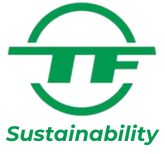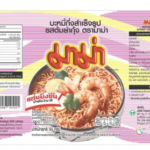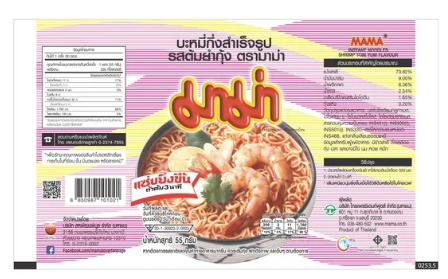
Accurate Product Labeling
Responsible marketing communication is a fundamental business ethic in ensuring consumer protection. The company places great emphasis on transparent communication with stakeholders, particularly consumers, by providing comprehensive and accurate product information. The company strictly avoids false or misleading claims that could influence purchasing decisions. To uphold these standards, the company conducts training sessions for employees to raise awareness of responsible communication practices. Additionally, a control mechanism is in place to ensure that product labeling complies with relevant laws, regulations, and standards in both Thailand and its trading partner countries. The company has also established a Regulatory Affairs (RA) department, responsible for assessing legal requirements and monitoring regulatory changes related to food products. This department sets labeling policies and standards, ensuring that product labels include clear product information, accurate ingredient lists, nutritional values, usage instructions, and proper storage guidelines.
Goals and Performance for 2024
- Goal
- Performance
Management Approach
Establish policies and guidelines
Establish policies and guidelines for product information communication in compliance with Thai and international standards and relevant legal requirements.
Implement control mechanisms
Implement control mechanisms to ensure product labeling complies with regulations and accurately displays nutritional information in a clear and sufficient manner.
Utilize various communication channels
Utilize various communication channels to disseminate product information and promote knowledge on nutrition and consumption.
The company prioritizes product quality and safety by conducting thorough inspections, including physical, chemical, and microbiological testing, throughout the raw material reception, production process, and final product stages. Every product undergoes strict quality control to meet manufacturing and safety standards. The company adheres to Good Hygiene Practices (GHPs), Hazard Analysis and Critical Control Point (HACCP), and the BRCGS Global Standard for Food Safety as fundamental assessment frameworks. Regular audits are conducted to verify compliance with food safety standards, ensuring that all products meet regulatory requirements.
In cases where products do not meet quality standards, the Quality Assurance department investigates, implements corrective actions, verifies compliance, and documents findings to enhance production efficiency.
Product Quality Inspection
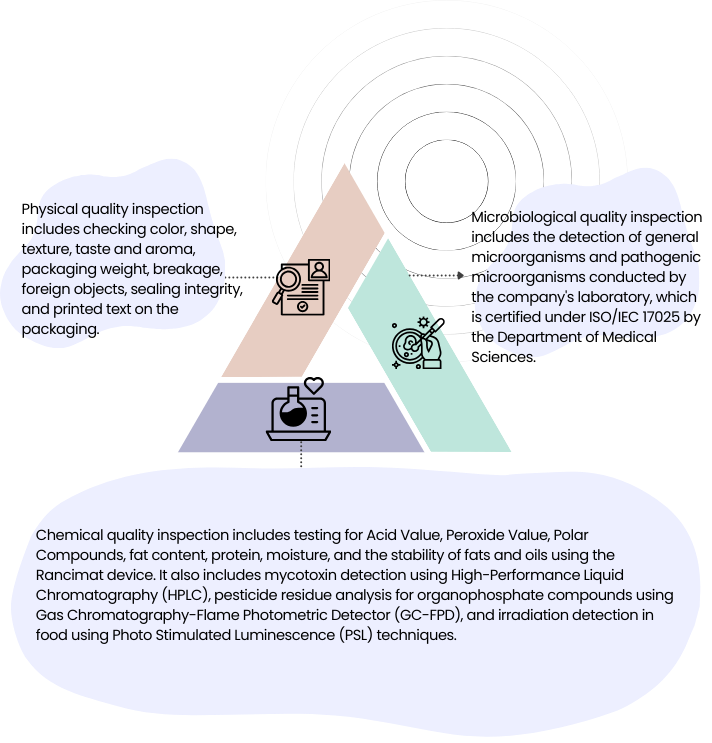
Product Manufacturing Standards
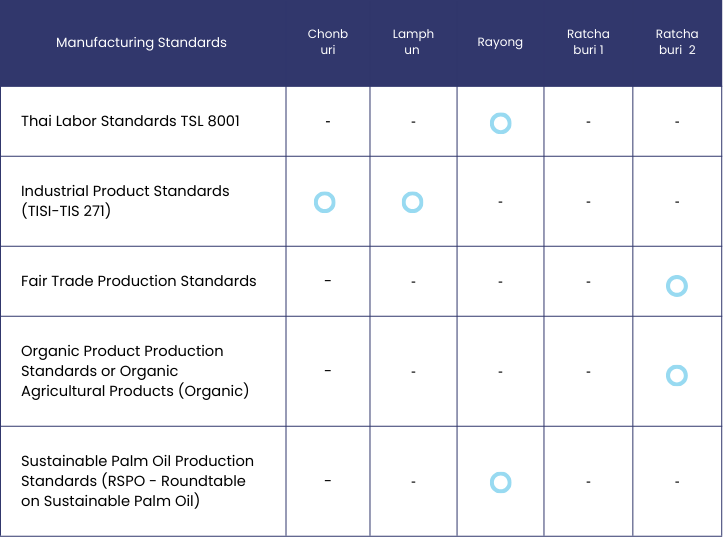
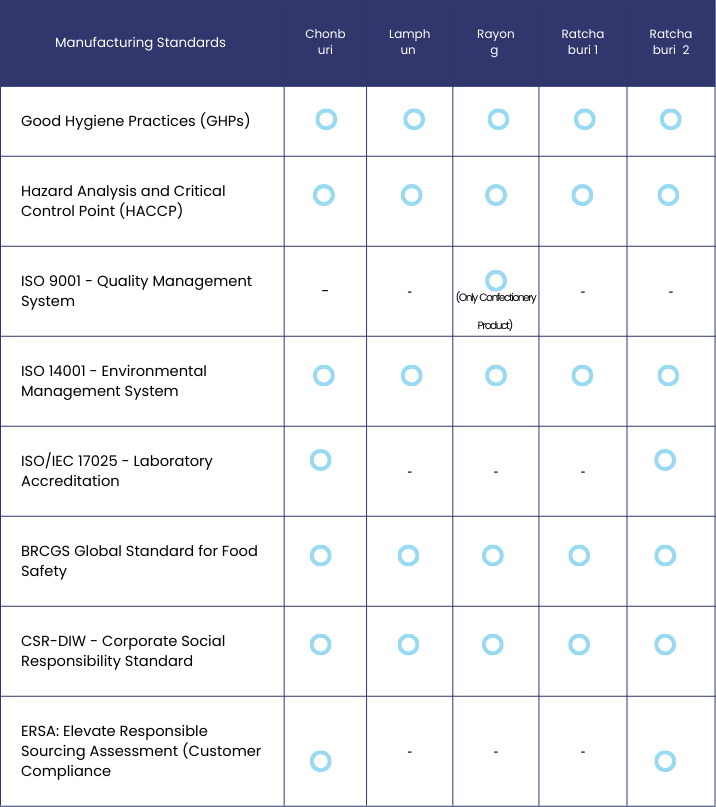
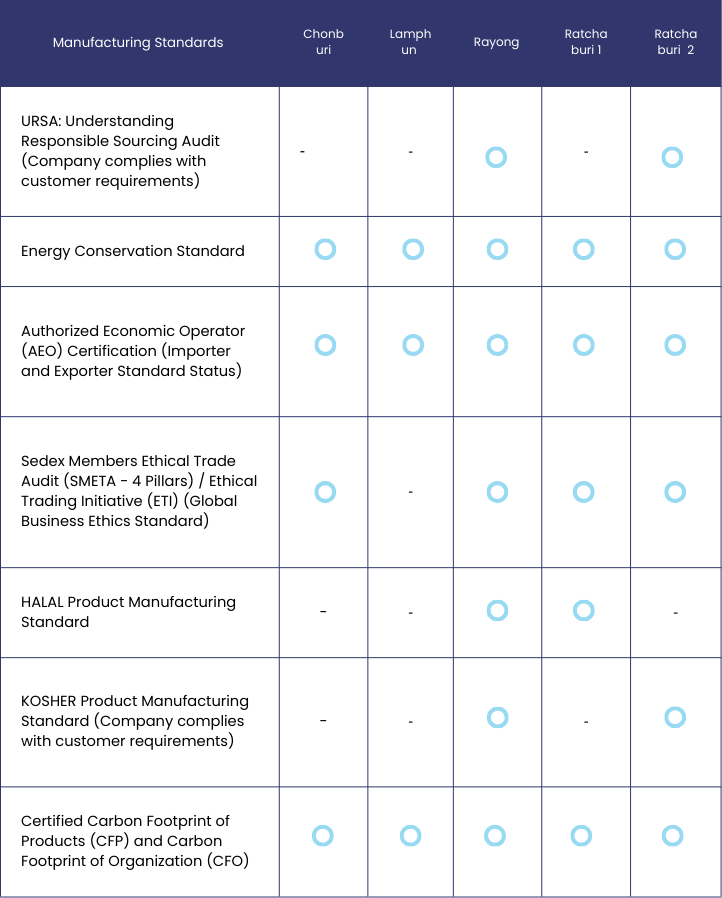
Consumer Protection Laws and Liability for Damages Caused by Unsafe Products
The company ensures compliance with the Consumer Protection Act B.E. 2522 (including amendments) ("Consumer Protection Act") to uphold consumer rights and establish the responsibilities of manufacturers and service providers in ensuring fairness for consumers. Under this Act, specific regulations have been established to protect consumer rights, including:
- Providing additional complaint channels for consumers to submit grievances to the Consumer Protection Board in cases where other laws regulate specific complaints, but the authorized officers have not taken action within 90 days from the date of the legal notification. This also applies in urgent cases that require immediate attention.
- Consumer protection in advertising, ensuring that advertisements do not contain unfair, misleading, or exaggerated statements that may cause consumers to misunderstand essential details of the product or service.
- Consumer protection in labeling, requiring that controlled product labels provide truthful and accurate information without misleading consumers regarding essential product details. Labels must include the manufacturer's or importer's name, place of production or business operation, product type, price, quantity, usage instructions, recommendations, and other necessary information.

